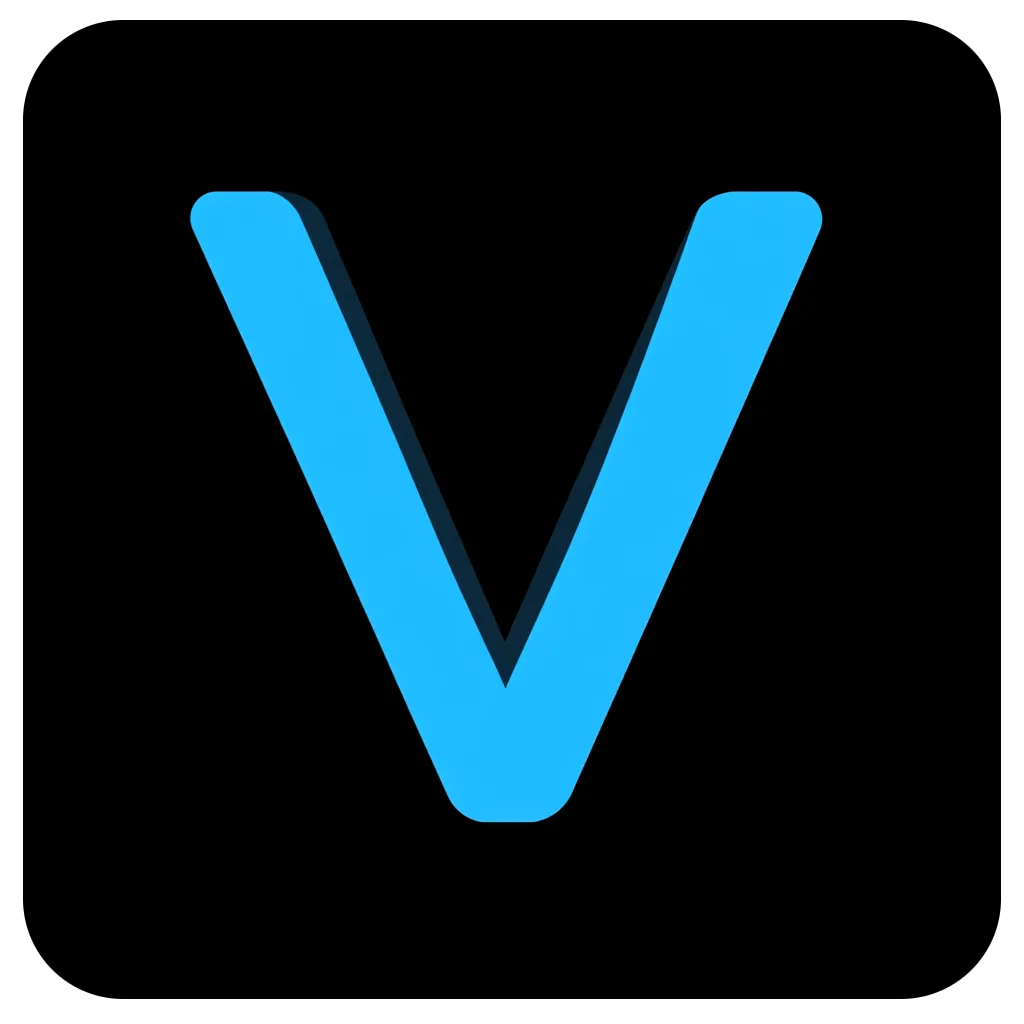You can still use Talend Open Studio if you want, but beware, as you would expose your company to:
- security vulnerabilities,
- increasing incompatibilities,
- compliance risks,
- lack of new connectors,
- and an increased maintenance effort.
Depending on what you’re pipelines are doing, and the criticality of your data operations, you want to at least plan a migration in the year.
What to look for in similar tools?
Talend Open Studio falls into the data integration category of software, which is about making your data flow between different systems seamlessly. This type of software lets you move, transform, and manage data across different sources, whether you’re working with databases, APIs, or cloud storage.
When choosing a replacement, look for these characteristics:
- Ease of use: A good tool should have a straightforward GUI, so you’re not spending hours learning or training. The best data integration tools should make it easy to build and monitor your data pipelines without coding every little thing.
- Flexibility: Data flows aren’t one-size-fits-all. Look for tools that handle different types of data (structured, semi-structured, unstructured) and can adapt to various environments, from on-premises to cloud.
- Scalability: You may not need massive capacity today, but your needs could grow. Choose something that scales well, so you don’t have to replace it later when you’re dealing with more data or higher performance demands.
- Connectivity: Data is everywhere—look for tools with a wide range of connectors so you’re not boxed in. The more systems it can connect to, the better.
- Active community and support: Open-source is great, but it helps if the tool has an active community or commercial support options. This means faster fixes, more updates, and a longer life for your tool.
In the end, Talend Open Studio set a decent standard, but there are better options out there that keep up with today’s needs and won’t leave you with a backlog of maintenance issues.
Open-source and free alternatives that I recommend:
- Apache NiFi: An easy-to-use data processing and distribution system designed for data streaming and automation. It has a nice graphical interface to draw pipelines, just like Talend Studio. I would use it mostly for streaming data between systems, if you have transformation processes, check the next alternative.
- Apache Karavan, using Apache Camel, which is the same framework Talend is actually using behind the hood. Karavan also has a GUI on which you can build-by-drawing and monitor pipelines. You can then deploy the pipelines in various environments: Kubernetes, Spring boot, Quarkus…
These are free, open-source GUI-based tools, they can adapt to any types of integration, at scale, with a nice community. But the list of tools to perform data integration is endless. Everyday new products are coming to “revolutionize” the data integration space. What actually matters is to maximize efficiency and minimize cost and maintenance. 📉
And if you want advice on your data strategy
👉 Reach out to me, and together, we’ll find a solution that’s not only cost-effective but also a breeze to maintain.
 Valérian de Thézan de Gaussan
Valérian de Thézan de Gaussan 